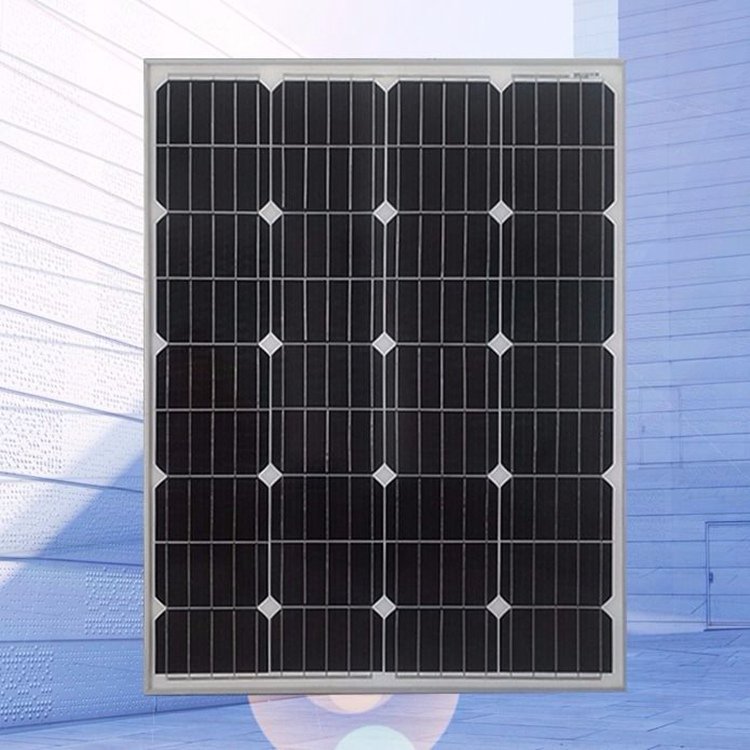Material classification of solar panels
At present, solar panels crystalline silicon materials (including polycrystalline silicon and monocrystalline silicon) are the most important photovoltaic materials, with a market share of more than 90%, and will still be the mainstream materials of solar panels for a long time in the future. The production technology of polysilicon materials has long been in the hands of 10 factories of 7 companies in 3 countries, such as the United States, Japan and Germany, forming a situation of technology blockade and market monopoly. The demand for polysilicon mainly comes from semiconductors and solar cells. According to different purity requirements, it is divided into electronic grade and solar grade. Among them, electronic grade polysilicon accounts for about 55% and solar grade polysilicon accounts for 45%. With the rapid development of photovoltaic industry, the growth rate of solar cell demand for polysilicon is higher than that of semiconductor polysilicon. It is expected that the demand for solar polysilicon will exceed that of electronic grade polysilicon by 2008. In 1994, the total output of solar cells in the world was only 69mw, while in 2004 it was close to 1200mW, an increase of 17 times in just 10 years.
Crystalline silicon solar panels: polycrystalline silicon solar cells, monocrystalline silicon solar cells.
Amorphous silicon panels: thin film solar cells, organic solar cells.
Chemical dye panel: dye sensitized solar cell.
Flexible solar cell
monocrystalline silicon
The photoelectric conversion efficiency of monocrystalline silicon solar cells is about 18%, and the highest is 24%, which is the highest among all kinds of solar cells, but the manufacturing cost is so high that it can not be widely used. Because monocrystalline silicon is generally encapsulated with tempered glass and waterproof resin, it is durable and has a service life of up to 25 years.
polysilicon
The manufacturing process of polysilicon solar cells is similar to that of monocrystalline silicon solar cells, but the photoelectric conversion efficiency of polysilicon solar cells is much lower, and its photoelectric conversion efficiency is about 16%. In terms of production cost, it is cheaper than monocrystalline silicon solar cells. The materials are easy to manufacture, save power consumption, and the total production cost is low. Therefore, it has been greatly developed. In addition, the service life of polycrystalline silicon solar cells is shorter than that of monocrystalline silicon solar cells. In terms of performance price ratio, monocrystalline silicon solar cells are slightly better.
Amorphous silicon
Amorphous silicon solar cell is a new type of thin-film solar cell appeared in 1976. It is completely different from the manufacturing methods of monocrystalline silicon and polycrystalline silicon solar cells. The process is greatly simplified, the consumption of silicon materials is small, and the power consumption is lower. Its main advantage is that it can generate electricity under weak light conditions. However, the main problem of amorphous silicon solar cells is that the photoelectric conversion efficiency is low, the international advanced level is about 10%, and it is not stable enough. With the extension of time, its conversion efficiency decreases.
Multicomponent compound
Multicomponent compound solar cells refer to solar cells that are not made of single element semiconductor materials. There are many kinds of research in various countries, most of which have not been industrialized, mainly including the following: a) cadmium sulfide solar cells b) gallium arsenide solar cells C) copper indium selenium solar cells (New multi-element band gap gradient Cu (in, GA) Se2 thin film solar cells)
Cu (in, GA) Se2 is a solar light absorbing material with excellent performance. It is a semiconductor material with gradient energy band gap (energy level difference between conduction band and valence band). It can expand the range of solar energy absorption spectrum and improve the photoelectric conversion efficiency. Based on it, thin-film solar cells with significantly higher photoelectric conversion efficiency than silicon thin-film solar cells can be designed. The achievable photoelectric conversion rate is 18%. Moreover, this kind of thin-film solar cells do not find the performance degradation effect (SWE) caused by light radiation. Its photoelectric conversion efficiency is about 50 ~ 75% higher than that of commercial thin-film solar panels, which belongs to the highest photoelectric conversion efficiency in the world.




